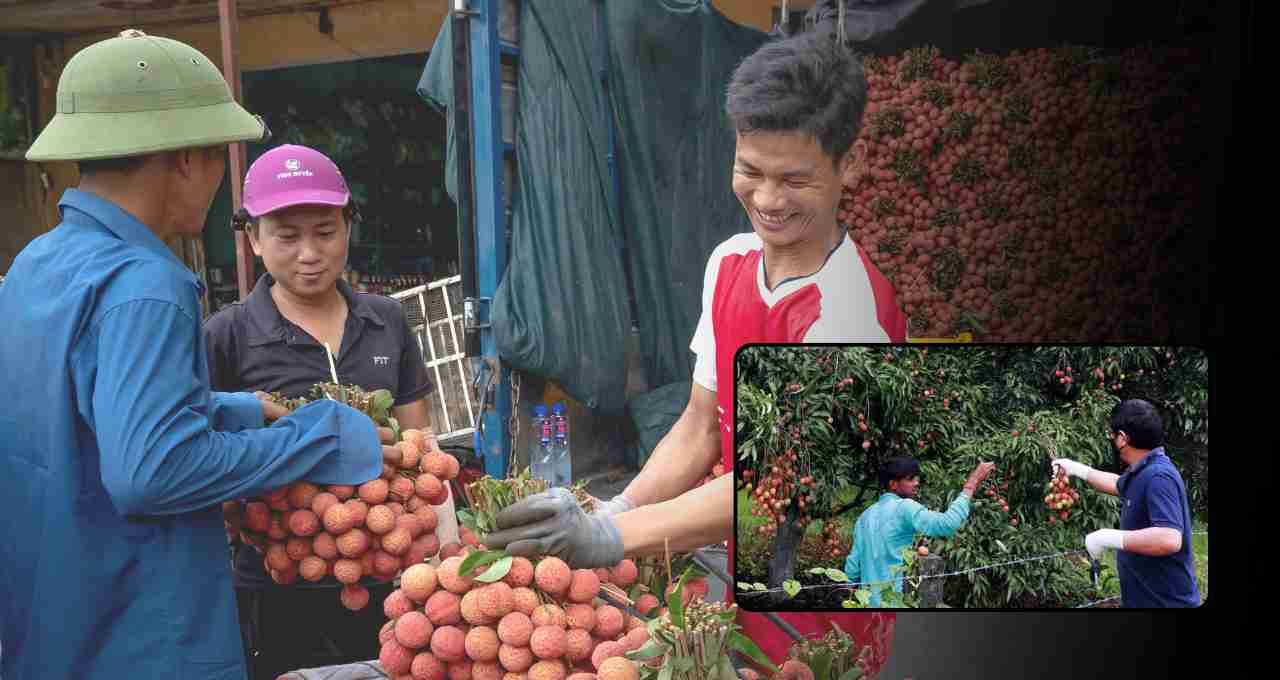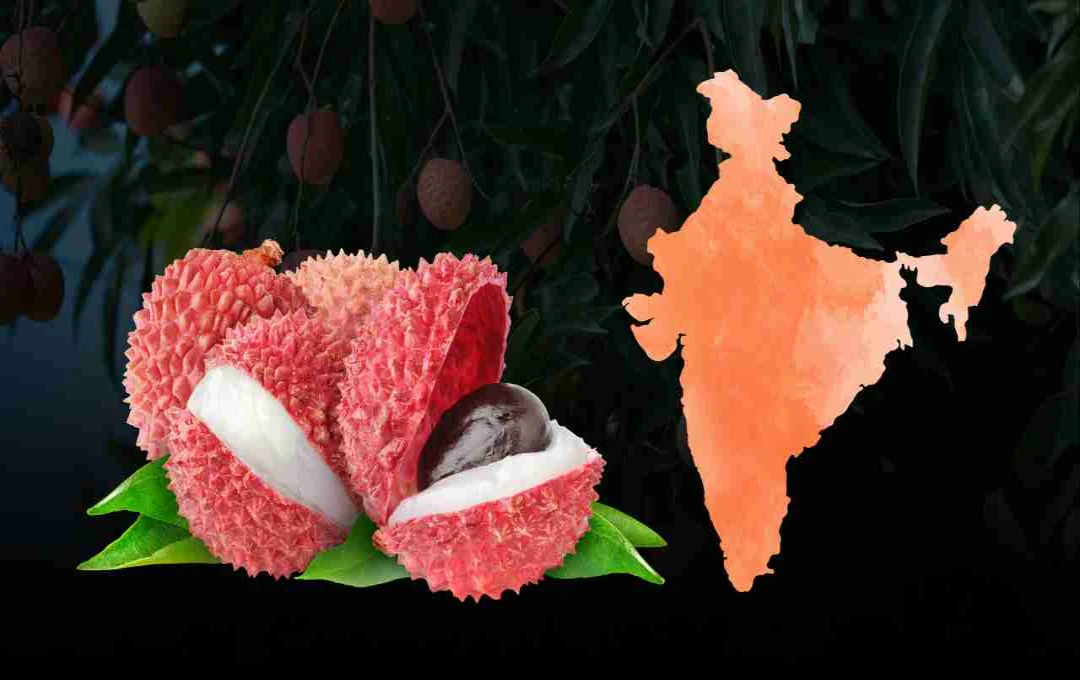Lychees, a delicious fruit, are highly popular in the market, but maintaining their freshness presents a significant challenge. In India, lychees typically spoil within 7 to 15 days of being harvested.
Technology: The sweet taste and nutritional value of lychees make them incredibly popular, but preserving their freshness has always been a major hurdle. India's lychee season is short, and the fruit usually remains fresh for only 7 to 15 days. However, a new technology developed in Madagascar allows lychees to stay fresh for up to three months.
The central government is now working rapidly to introduce this technology to India, providing economic benefits to farmers and opening up new export opportunities.
Lychee Cultivation and India's Global Position
China is the world's largest producer of lychees, followed by India. In India, lychee cultivation is widespread in states like Bihar, Uttar Pradesh, Uttarakhand, Tripura, and West Bengal. Bihar's Shahi lychee, in particular, is known worldwide for its unique aroma and taste. Muzaffarpur's Shahi lychee also holds a GI tag, certifying its quality.
Lychees are not only delicious but also rich in nutrients like Vitamin C, protein, calcium, and iron. This contributes to their consistent popularity in the international market. India exports lychees to Europe, America, Gulf countries, Nepal, and Bangladesh, but export volumes are limited due to their short shelf life.

What's Special about Madagascar's Technology?
The biggest problem with lychees is their short shelf life. Traditionally, in India, lychees spoil within 7 to 15 days of harvesting. Existing radiation technology can extend this to a maximum of 15 days, but no more. Madagascar has found a solution through a new technology that reduces excess water content in the lychees.
The lychees are then stored in special cold, sealed packets. This process extends the shelf life to three months. According to Mohit Singla, Chairman of the Trade Promotion Council of India (TPCI), this technology could be a game-changer for India.
The central government is striving to implement this Madagascar technology in India as soon as possible. Its application, especially in Bihar and other major lychee-producing states, will enable farmers to sell their produce more effectively in the global market. The increased shelf life will boost exports and allow farmers to receive better prices for their crops.
Significant Benefits for Farmers
Lychees grown in Bihar's soil are renowned for their sweetness and quality, making them a significant source of income for farmers. Lychee cultivation is rapidly expanding in districts like Bhagalpur, Muzaffarpur, Samastipur, and Champaran. The demand for Shahi and Badami lychees is high in the market. Farmers report that lychee cultivation requires relatively less labor but yields high returns.
Furthermore, governments are providing farmers with support in sales, marketing, and exports. Instead of farmers going to the market to sell their produce, traders now come to their orchards to purchase, offering convenience and better prices.

Potential for Increased Lychee Exports
An extended shelf life will open new export avenues for India. Currently, exports are limited because the fruit spoils quickly. With the implementation of Madagascar's technology, India can increase its global market share. The long distances involved limit lychee exports to large markets like Europe, America, and the Gulf countries, but an extended shelf life will remove this obstacle.
This new lychee technology will not only benefit Indian farmers economically but also strengthen India's agricultural export image. This technology can serve as an example for other fruits and agricultural products, demonstrating how scientific innovation can increase farmers' income. In the future, central and state governments should focus on training and distribution of this technology to reach small and medium-sized farmers. Educating farmers on the proper use of the technology and packaging will also be crucial.














